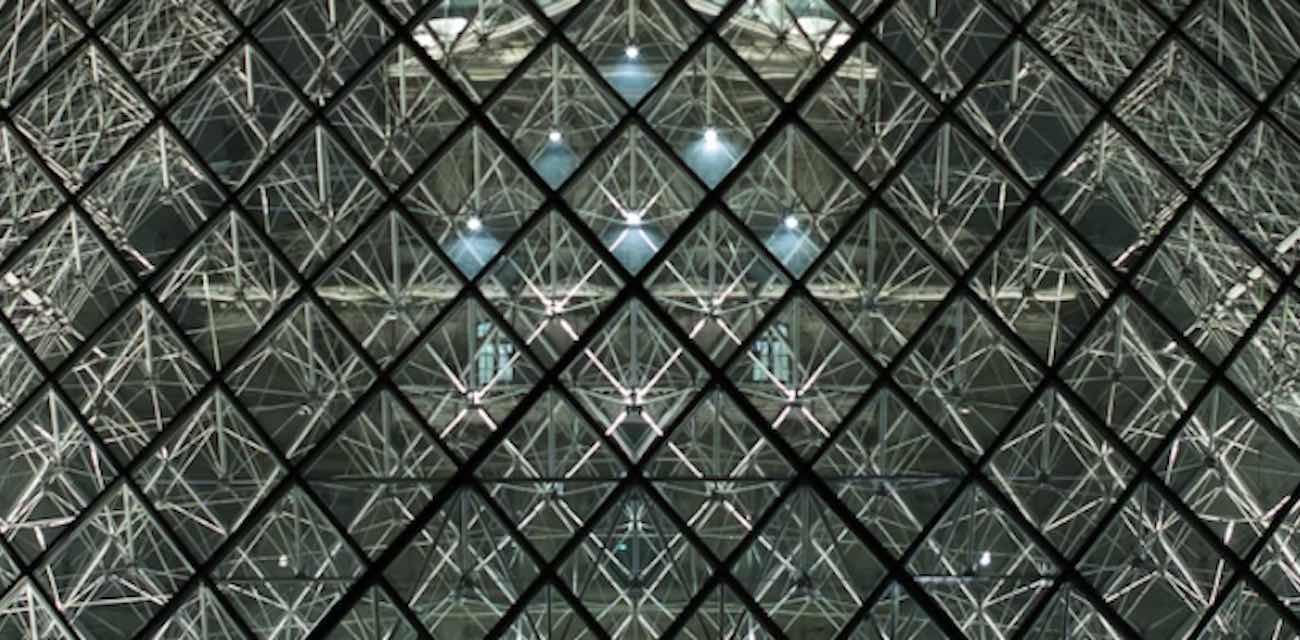Materials that are both strong and lightweight can improve everything from cars to airplanes to medical equipment. Now, researchers have created an extraordinarily strong material with very low density–using two unlikely building blocks: DNA and glass.
“For the given density, our material is the strongest known,” according to Seok-Woo Lee of the University of Connecticut, who partnered with colleagues from Columbia University and Brookhaven National Lab.
“I am a big fan of Iron Man movies,” mused nanomaterials scientist Oleg Gang. “I have always wondered how to create a better armor for Iron Man. It must be very light for him to fly faster. It must be very strong to protect him from enemies’ attacks.
“Our new material is five times lighter but four times stronger than steel.”
Some metals, such as titanium, are stronger and lighter than iron. Certain alloys are even stronger—allowing for lightweight body armor, better medical devices, and safer, faster cars and airplanes. Metallurgical techniques have reached a limit in recent years, until nano materials unleashed creative opportunities.
The colleagues reported in Cell Reports Physical Science that by building a structure out of DNA and then coating it with glass, they have created a very strong material with very low density. Glass might seem a surprising choice, as it shatters easily. However, glass usually shatters because of a flaw – such as a crack, scratch, or missing atoms – in its structure. A flawless cubic centimeter of glass can withstand 10 tons of pressure, more than three times the pressure that imploded the Oceangate Titan submersible near the Titanic this summer.
MOST POPULAR: If Replicated, New Physics Discovery Could Grant Levitation to Any Device via Ambient Pressure Magnetics
According to UCONN News, it is very difficult to create a large piece of glass without flaws. But the researchers knew how to make very small flawless pieces. As long as glass is less than a micrometer thick, it’s almost always flawless. And since the density of glass is much lower than metals and ceramics, any structures made of flawless nano-sized glass should be strong and lightweight.
The team created a structure of self-assembling DNA. Almost like Magnatiles, pieces of DNA of specific lengths and chemistry snapped themselves together into a skeleton of the material. Imagine the frame of a house or building, but made of DNA.
Gang and Aaron Mickelson from Columbia and Brookhaven’s Center for Functional Nanomaterials coated the DNA with a very thin layer of glass-like material only a few hundred atoms thick. The glass only just coated the strands of DNA, leaving a large part of the material volume as empty space, much like the rooms within a house or building. The DNA skeleton, like scaffolding, reinforced the thin, flawless coating of glass making the material very strong—with the voids comprising most of the material’s volume, it became lightweight.
ANOTHER BREAKTHROUGH: Stunned Researchers Discover that Metals Can Heal Themselves ‘Without Human Intervention’
As a result, the glass nanolattice structure created a combination of strength and lightness that has never been achieved before.
“The ability to create designed 3D framework nanomaterials using DNA and mineralize them opens enormous opportunities for engineering mechanical properties.” Gang explained in a UConn News release.
But much research work is still needed. The team is currently working with the same DNA structure but substituting even stronger carbide ceramics for glass. They have plans to experiment with different DNA structures to see which makes the material strongest.
UNBELIEVABLE: Scientists Develop New Material to Make Lithium Ion Batteries Self-Healing and Easily Recyclable
Lee believes that DNA origami nanoarchitecture will open a new pathway to create lighter and stronger materials that we have never imagined before.
INSPIRE Scientific Wonder By Sharing This Breakthrough on Social Media….




















